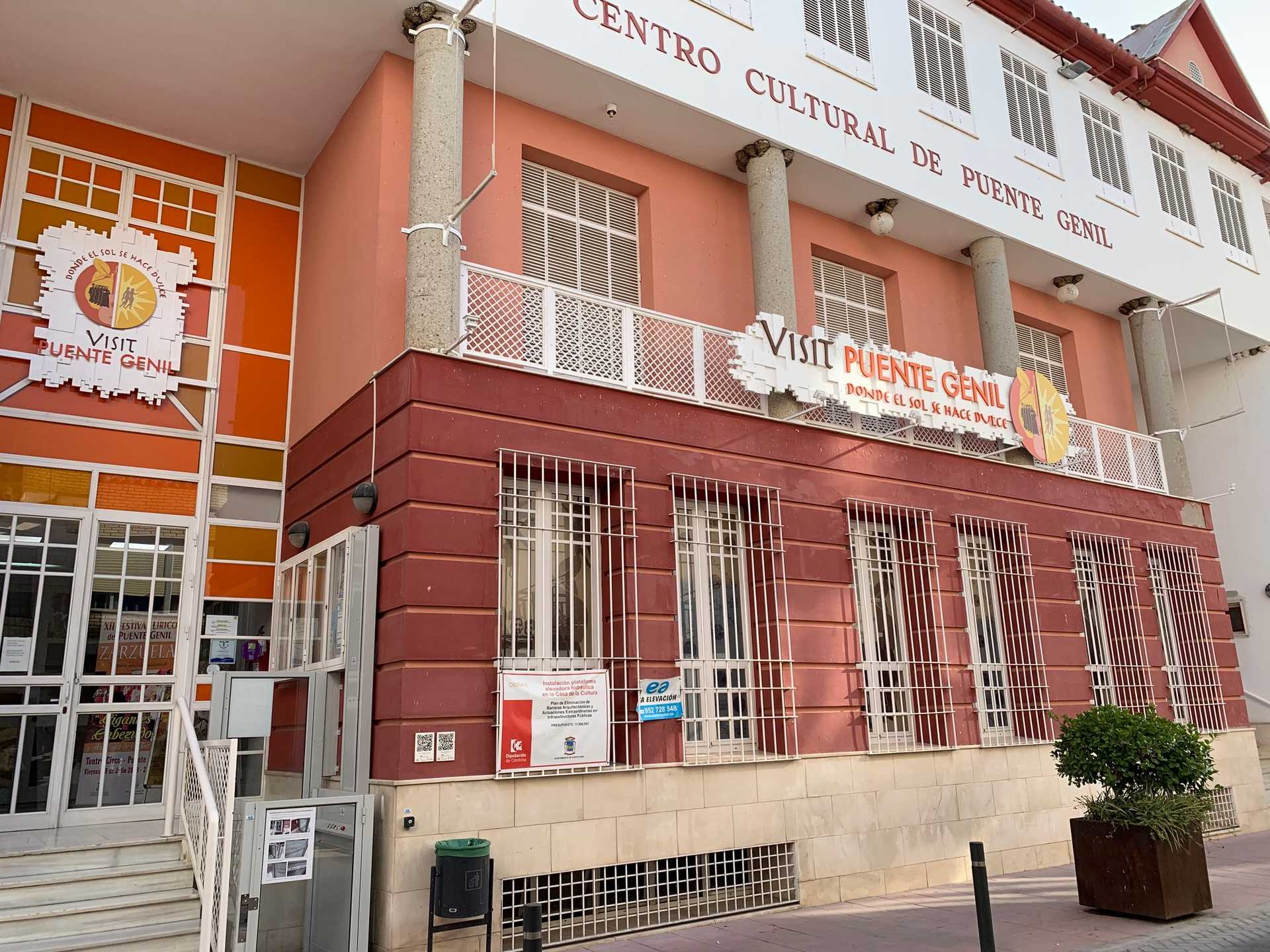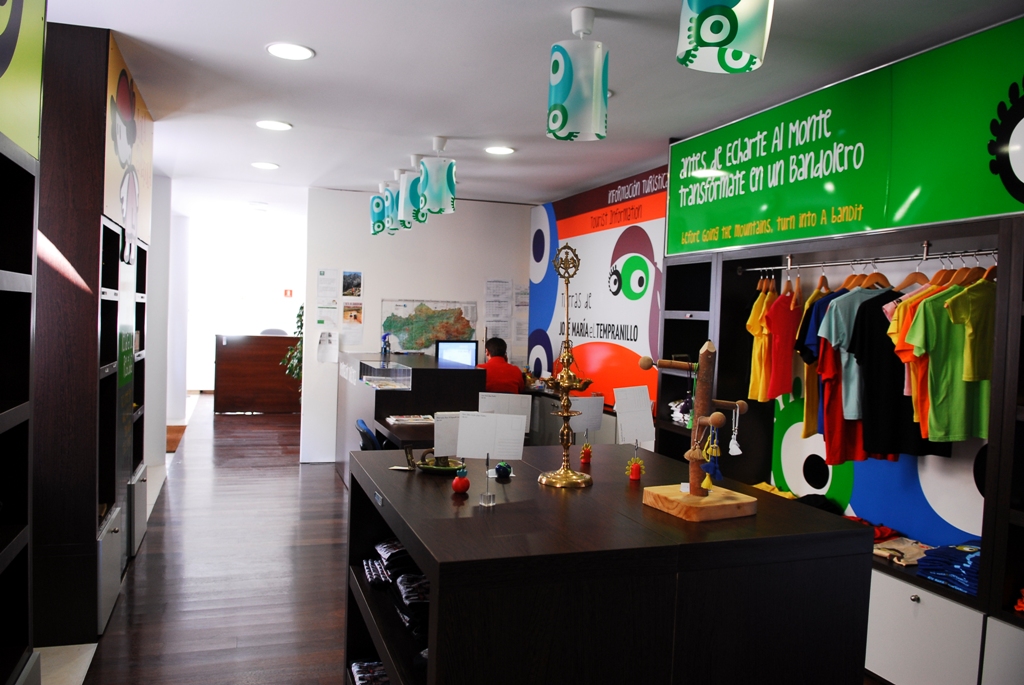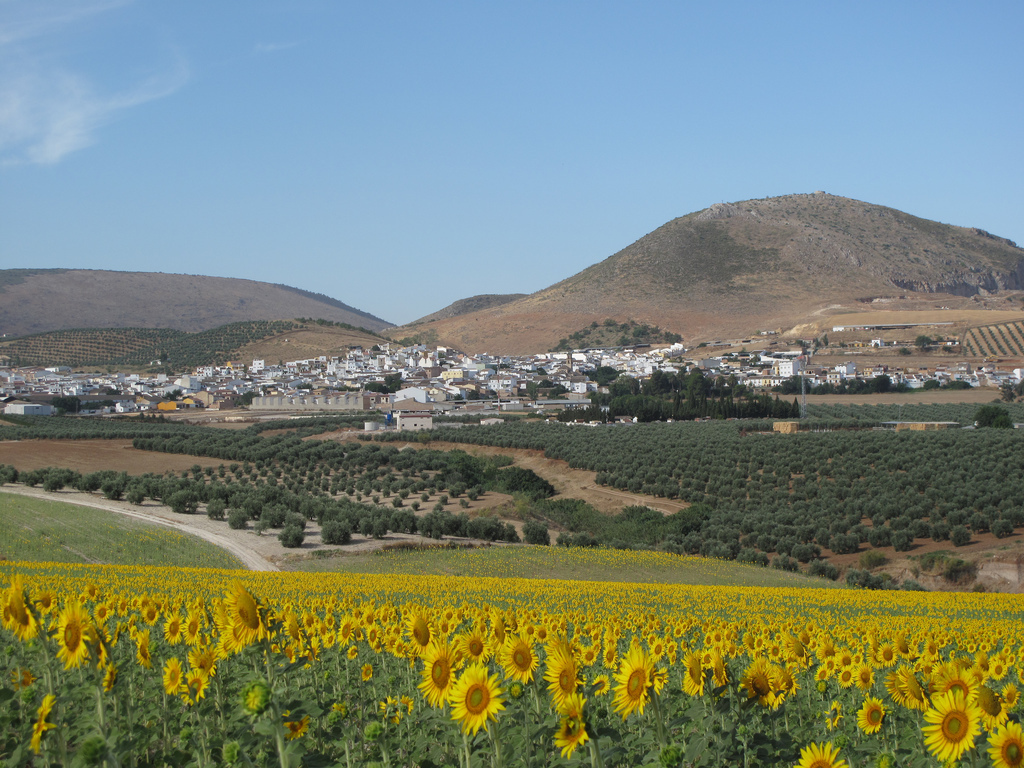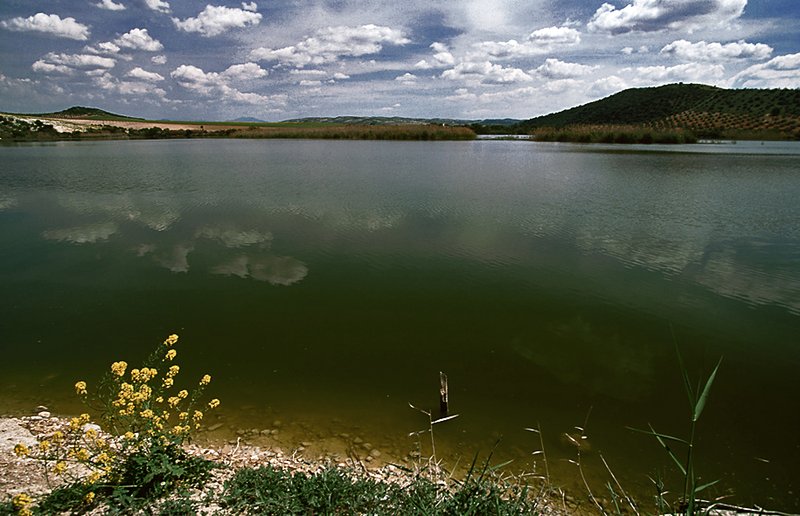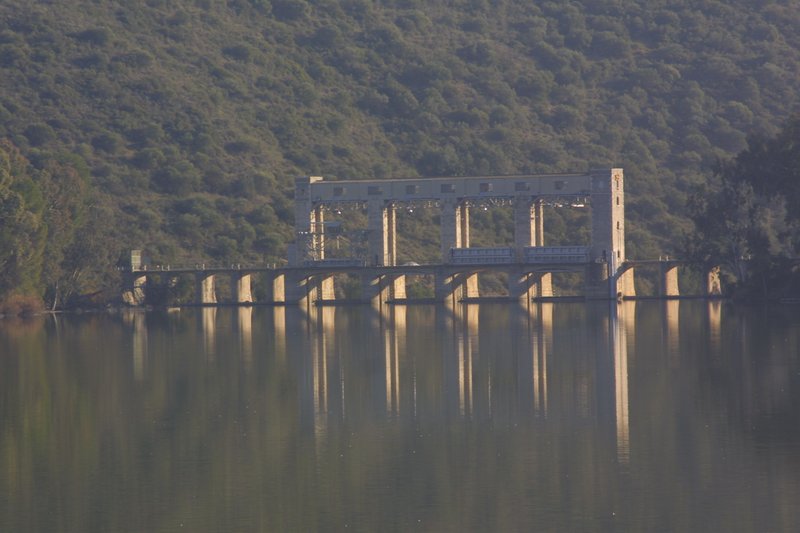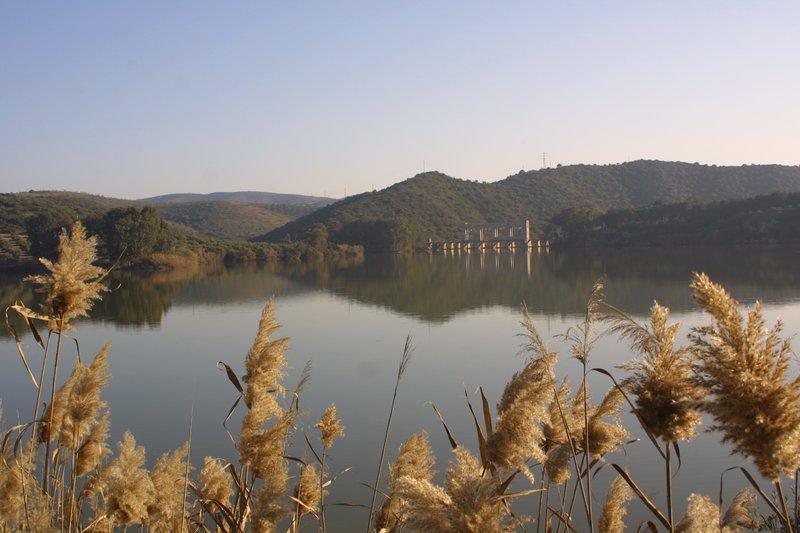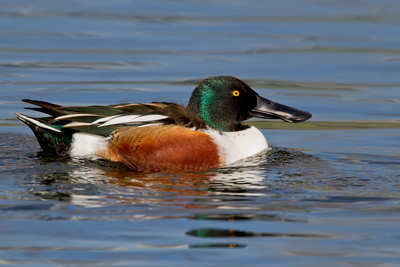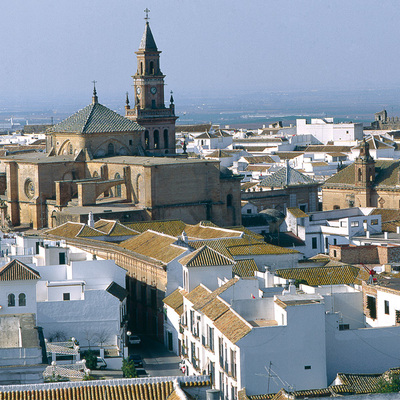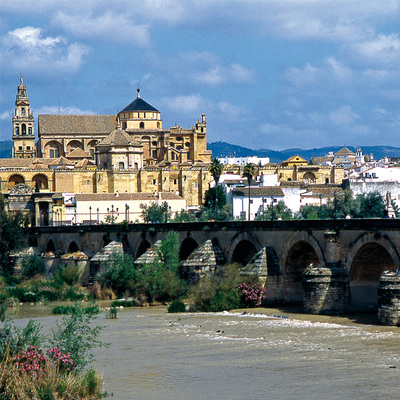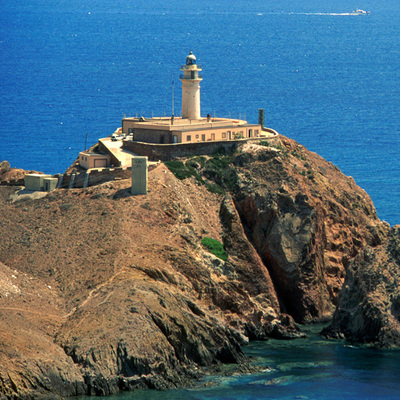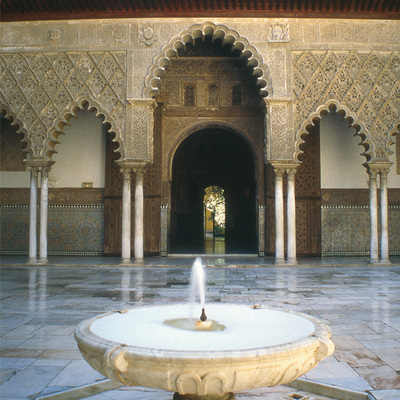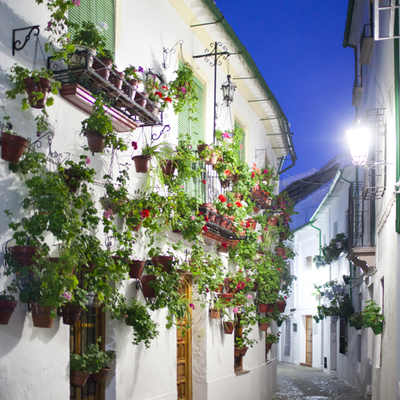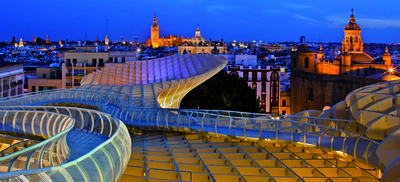Embalse de Cordobilla
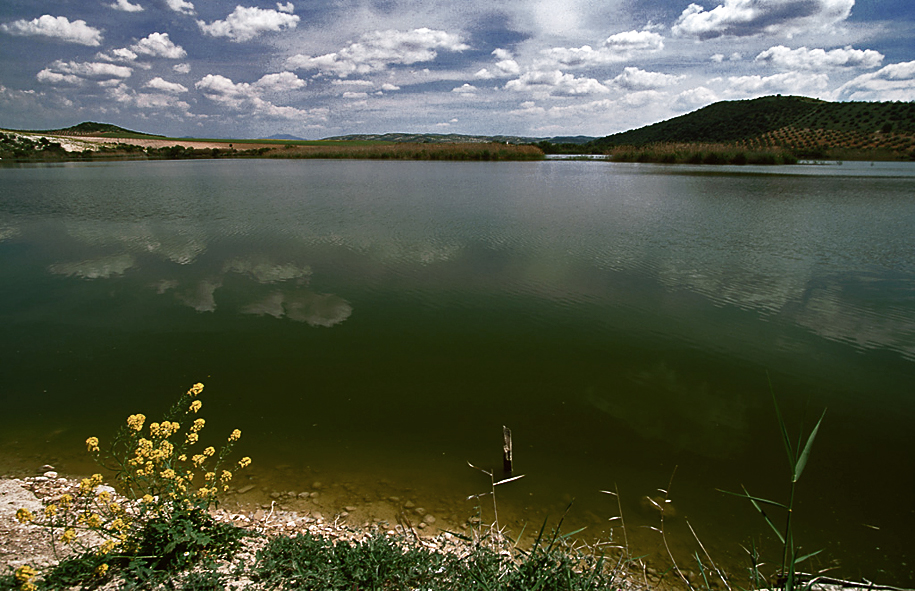
The Embalse de Cordobilla Natural Park, the third and last reservoir built to retain water from the Genil River and now virtually covered by land, is near other highly important natural areas, such as the Nature Reserves of The Lagunas del Sur de Córdoba (The Lakes of South Cordoba) and the Malpasillo Reservoir Nature Area. Along the same line, it is a huge part of the survival of many species of protected birds, which nest and hibernate in these areas.
The water in the area conditions the presence of vegetation characterised by the presence of tamarisks and willow, while the banks are essentially formed by a thick vegetation of different species of reeds. The river vegetation that surrounds the reservoir is important, and is mainly shrubs and a few trees. There are white poplars, eucalyptus, oleanders and bramble, and other species such as mastic and buckthorn, which are further away from the water.
Linked with the lakes in Southern, Cordoba is an interesting population of birds, including malards, swamphen and heron. In recent years, common flamenco have come to the area, as well as black winged stilt, avocets, Kentish plover, little winged plover and crane, to spend winter. While the banks and shallow waters are dotted by mud-dwelling birds during different times of the year - crane, sandpiper-, birds of prey soar over the area and breed, like the marsh harrier and, during migration time, you can see the occassional ospreys.
This reservoir is also visited by some species that are normally seen on the coast, rather than in inland areas, such as the black-backed gull, black-headed gull and great cormorant, and you can hear small birds that are hidden between the vegetation on its banks, such as nightingales, reed warblers and hippolais. There are two reed islands in the middle of the reservoir where starling, jackdaw and cattle egrets hybernate in winter. Some species of heron breed there in summer.
Unaffected by the population of birds, the resevoir is also home to turtles and water snakes. Among the mammals, water rats and weasels feed on the abundant American crab.
The wetland is within the territory known as “Route of José María El Tempranillo".
+ information Lakes in Southern Cordoba

